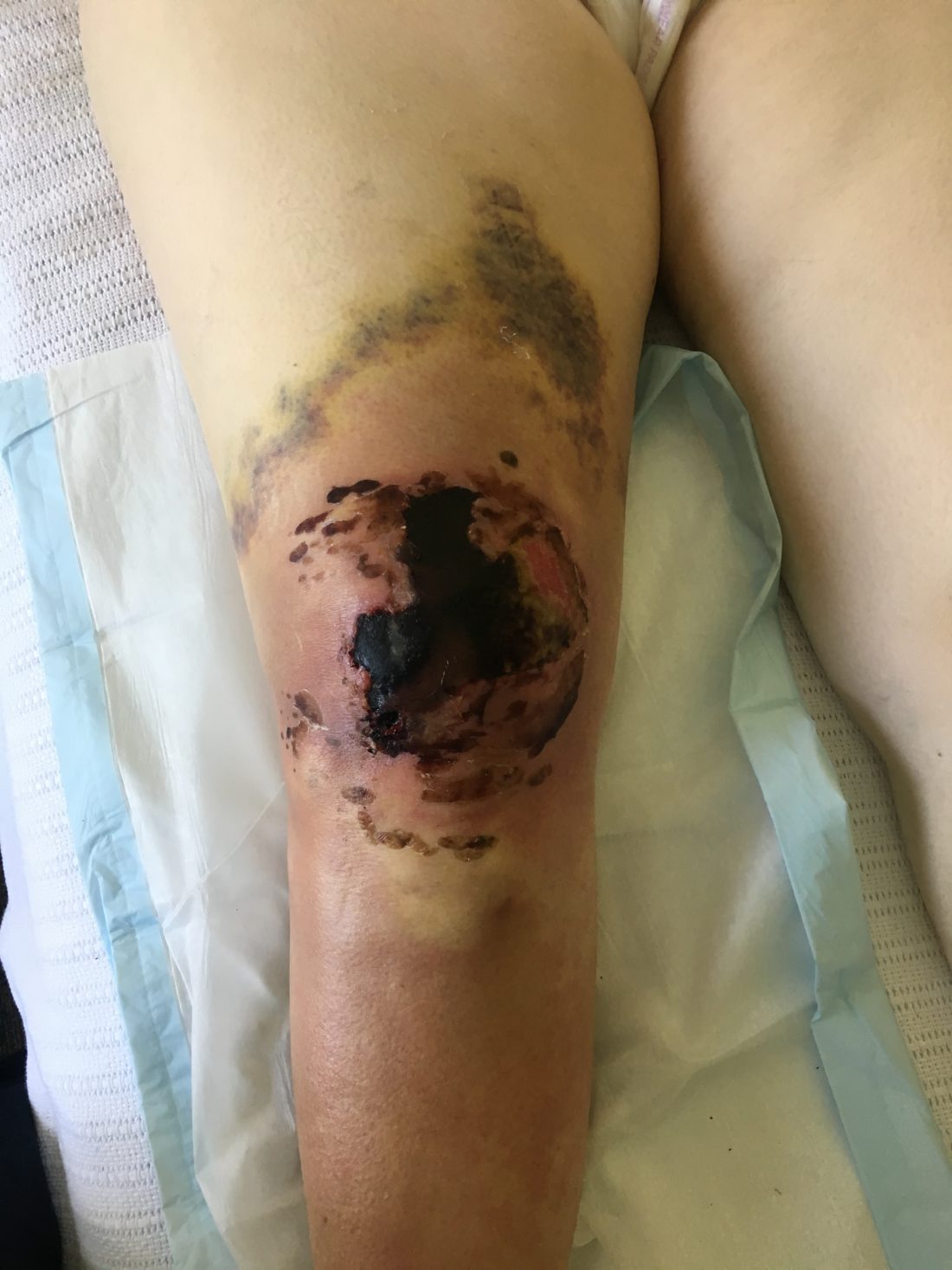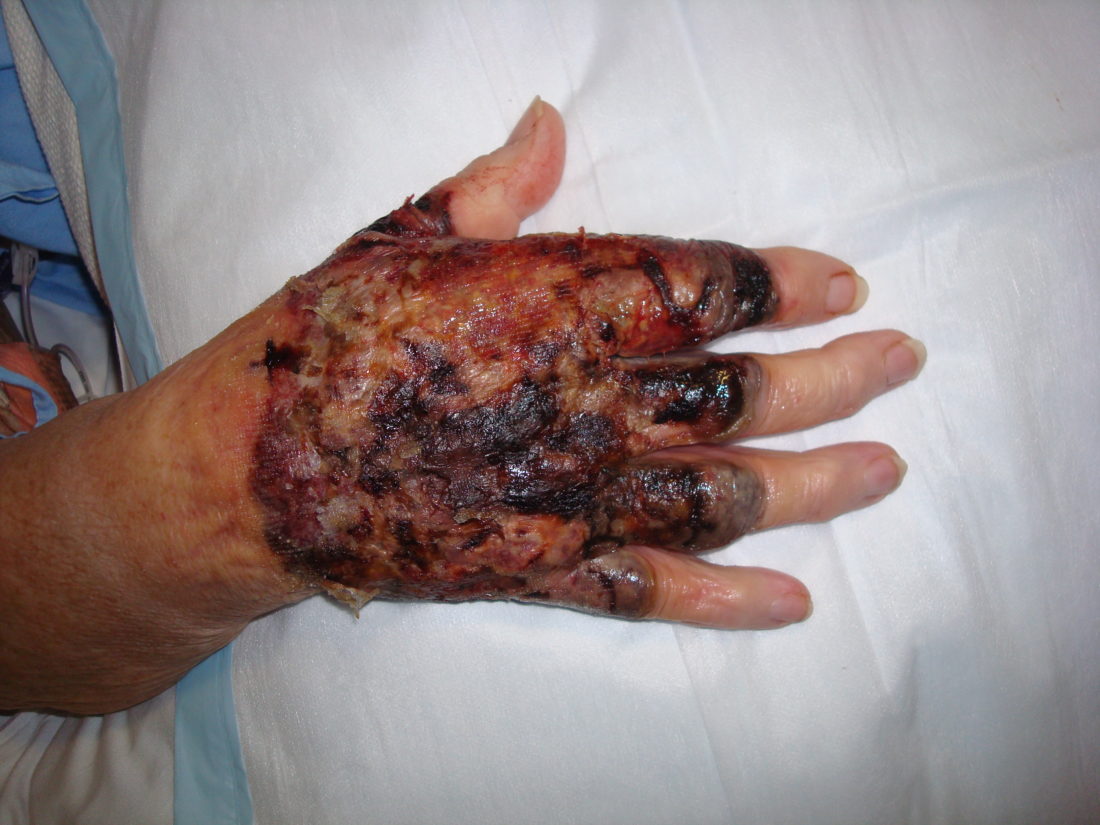28 February 2017
In
News
By
thewoundguy
Having concluded my most recent education roadshow for the aged care sector, I have learned that theorectical content is of greatest value when linked to a real clinical story.
Then in reliving the story nurses are more likely to recall the factual data, which is then
14 February 2017
In
News
By
thewoundguy
The NSW Falls Prevention Program is a practical resource for every patient and resident care facility which when implemented may well reduce both the number and severity of falls. The link is :
http://www.cec.health.nsw.gov.au/__data/assets/pdf_file/0006/258468/hosp-falls-prevent-strategies-june-2013.pdf
The image is of an injury to the knee of a patient on
2 February 2017
In
News
By
thewoundguy
It is my great pleasure to anounce the commencement of a collaboration between Ausmed Education and The Wound Guy.
Keep an eye on both the Ausmed and Wound Guy websites for wound management education training dates.
24 January 2017
In
News
By
thewoundguy
Ibuprofen is known to reduce collagen cross-linking in those individuals repairing their wounds - potentially weakening the tensile strength of the skin. The effect is dose dependent and usually resolves once the medication has been ceased. In recent years there has been an increase in
19 January 2017
In
News
By
thewoundguy
It is my privilege to enter into a collaboration with Regal Home Health in 2017 in order to advance clinical excellence in wound management within the home care sector. Thank you Anna Shepherd and your team for this opportunity.
17 January 2017
In
News
By
thewoundguy
Nast and colleagues recently wrote about how silicone products can improve a scar's presentation, along with reducing the risk of hypertrophic scar formation or helping accelerate its resolution. This of course has relevance for those individuals with a predisposition to abnormal scarring such as those
6 January 2017
In
News
By
thewoundguy
Jennifer Hurlow and colleagues recently wrote in Advances in Wound Care an excellent overview of the current understanding of biofilms and their management. I particularly enjoyed the section on "take-home messages" where the following statement was made
2 January 2017
In
News
By
thewoundguy
A/Prof Geoff Sussman's excellent presentation at the 2016 Wounds Australia Conference has been reproduced in the December 2016 edition of Wound Practice and Research. Geoff discusses the matter of antimicrobial resistance and he reaffirms the WHO 2014 statement that
21 December 2016
In
News
By
thewoundguy
Thank you to all my friends and colleagues for your marvellous support for The Wound Guy throughout the year.
I am looking forward to sharing a fabulous 2017 with you all and wish each of you a happy festive season as 2016 draws to its close.
Kind
17 December 2016
In
News
By
thewoundguy
Dr Adam Johnson describes how poorly controlled blood glucose leads to the loss of elasticity and shock absorption capacity of tendon, ligaments and skin. He suggests that these changes in combination with alterations in the foot's bony architecture results in the elevated risk of foot ulceration








